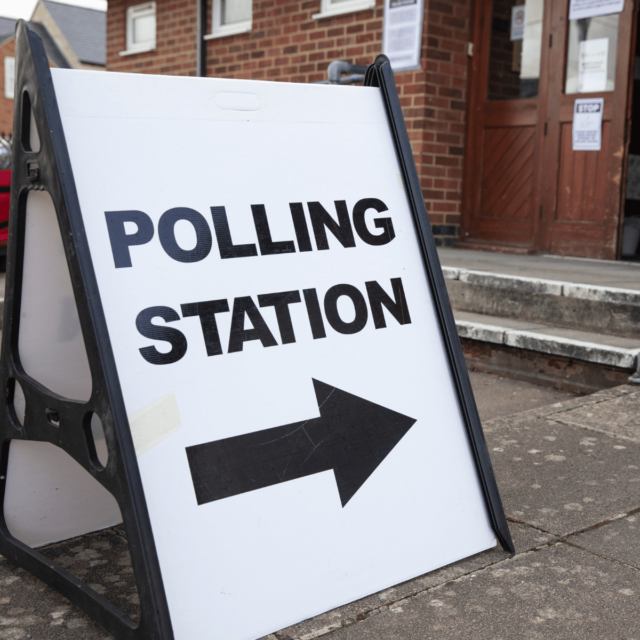Living Standards
This briefing focuses on the evolution of living standards since the last election in December 2019, and policy recommendations to raise living standards to their pre-pandemic levels and beyond.
 Pub. Date
Pub. Date
30 May, 2024
 Pub. Type
Pub. Type

Key points
- Living standards – as measured by household real disposable income accounting for household composition and housing costs – have fallen by some 7 per cent on average across the distribution relative to 2019.
- This fall in living standards has hit the bottom half of the income distribution hardest: for the poorest 10 per cent of households, living standards are lower by around 20 per cent compared with 2019-20 levels; for income deciles 2-4, the fall in living standards is on average around 8 per cent.
- For the poorest 10 per cent of households, this means an income shortfall of some £4,600 (in current prices) in 2024-25 relative to 2019-2020.
- We project that the living standards of households in the bottom 40 per cent of the population (earning up to about £34,000 per year) will not return to pre-pandemic levels before April 2028.
- This fall is despite living standards improving on average by 6 per cent in 2024-25 relative to 2023-24, but even for this rise there are distributional differences: households in the bottom decile will experience a 2 per cent fall, and those in the second decile a 5 per cent rise, while households in deciles 4-9 will see a 7-8 per cent rise in their disposable incomes.
- Targeted welfare support, such as the uplift in Universal Credit and the rise in the minimum wage, is critical in the short term to mitigate the hardship of the poorest, but policies to promote growth and productivity are indispensable for longer term prosperity.

Funders











